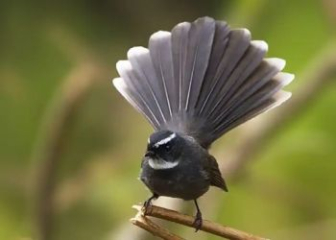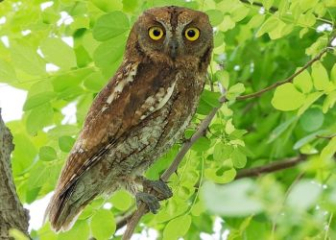Lovebirds - Breeding & Care Techniques from A to Z
Blog | by
The lovebird (Aix galericulata) is a water bird with colorful, artistic plumage, symbolizing eternal love, fulfillment and happiness.
Lovebird (scientific name Aix galericulata) are one of the water birds with a brilliant, impressive appearance and carry a very deep meaning of eternal love. Especially in East Asian culture, mandarin ducks represent loyalty, fulfillment and happiness of couples, often appearing in poetry and paintings as a meaningful blessing.
To better understand lovebirds from their origin, habits to care and nurturing, please read the article below from nicebirds !
Lovebird information :
|
Scientific name |
Aix galericulata |
|
Common name |
Mandarin ducks, Mandarin ducks |
|
Source |
East Asia (China, Japan,...) |
|
Set |
Anseriformes - Order of Geese |
|
Surname |
Anatidae - Duck family |
Origin of lovebirds

Image of a couple swimming side by side.
The lovebird, scientifically known as Aix galericulata, is a species of bird in the Anatidae family, closely related to the wood duck (Aix sponsa). They are naturally distributed in the following countries:
- China : Homeland of mandarin ducks.
- Russia: Far East region, especially Primorsky and Amur River.
- Japan.
- North and South Korea.
- Vietnam : Uncommon, only occasional populations occur in the northern mountains.
In addition to the above natural distribution areas, mandarin ducks also appear in Europe and the United States thanks to the process of introduction for ornamental purposes.
Meaning of lovebirds
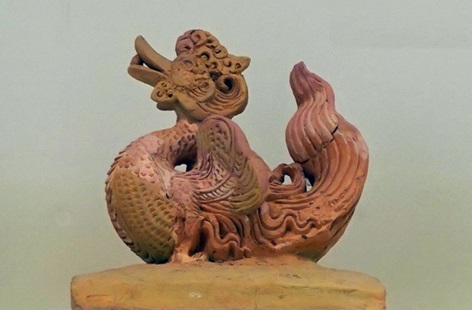
The image of mandarin ducks appears on the tiled roof of Thang Long Imperial Palace.
In Eastern cultures such as China, Japan, Vietnam and Korea, mandarin ducks are considered a symbol of a happy, faithful and fulfilling marriage.
According to traditional Buddhist beliefs (especially during the Ly Dynasty), mandarin ducks are the representative animals of Buddhism, the incarnation of Buddha, and the embodiment of happiness. This is reflected in the mandarin duck images carved on the roofs of the palace architecture in the Thang Long Imperial Citadel.
In particular, the image of mandarin ducks is stylized and used in Chinese weddings, appearing in poetry, paintings and even ceramic art.
Lovebird appearance
Mandarin ducks are one of the most impressive and striking looking water birds (especially the male). Let's learn more about the appearance of mandarin ducks and how to distinguish between mandarin ducks (male) and uong ducks (female)!
Overall shape:
- Length: 41 - 49 cm (including tail)
- Wingspan : 65 - 75 cm
- Weight : 430 - 690 g
- Gait: Light, good swimmer, fast flyer
Male mandarin duck appearance

Male lovebirds have bright, eye-catching colors.
The male lovebird has extremely colorful and outstanding colors, which are the main identification point of this bird species. Specifically as follows:
- Head : Has a long, erect crest. Blue-purple in color and has an additional white stripe running from the eye to the back.
- Face : Has a patch of pure white fur around the eyes and cheeks.
- Beak : Pinkish red, dark orange, small.
- Neck - Chest: Has dark orange stripes with white stripes, evenly arranged like fish scales connecting to the dark purple chest.
- Wings : Has orange vertical feathers that look like fan blades. There are also alternating patches of metallic blue and white.
- Back and flanks : The back is brown, metallic blue then gradually turns dark gray at the tail.
- Belly : Creamy white
- Legs : Orange yellow.
In general, the mandarin ducks have very eye-catching colors, looking like a real work of "art" so they are widely used in painting, sculpture,...
Appearance of female mandarin ducks (children)
Unlike male mandarin ducks, female mandarin ducks have lighter colors, so they have better camouflage. Specifically as follows:
- Body color : Gray brown or olive brown.
- Face : There is a pale white ring around the eyes that makes the eyes more sparkling and impressive.
- Chest and belly : Light brown with small white spots or faint white stripes.
- Wings : Light purple-blue in color, not as dark and prominent as the male bird.
- Beak and legs : Dark gray or brownish gray.
In general, female mandarin ducks are not as colorful as male birds, but they still have a gentle and elegant beauty.
Habits and behavior of lovebirds
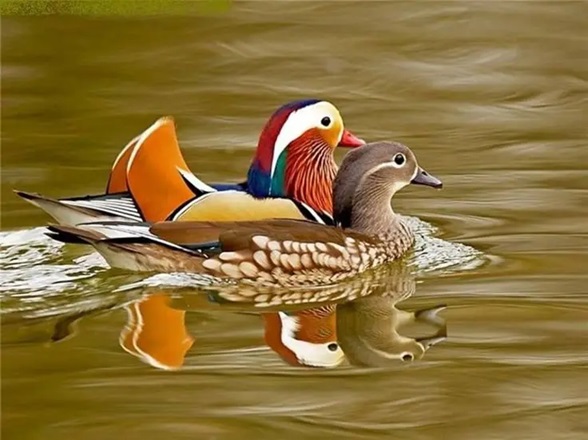
Lovebirds always live in pairs and are very faithful.
Below are the typical habits and behaviors of mandarin ducks. Let's find out if there is anything special and outstanding compared to other ducks in the Anatidae family.
Monogamy
This is the most typical behavior of lovebirds. They always live in pairs of 1 male - 1 female, foraging and moving together, rarely separating from each other.
What is special is that after choosing a suitable partner, mandarin ducks are very loyal and almost unchanged until death. Because of this, mandarin ducks have become a symbol of eternal love in East Asian culture.
General personality and behavior
Lovebirds are also very shy and gentle, often avoiding conflicts and never actively “causing trouble”. When they are frightened or startled, they will fly high to avoid being harassed.
Migratory
In nature, mandarin ducks often live near ponds, lakes, rivers and streams in forests or places with lots of trees to both forage and take shelter.
They always nest in high tree holes, near water so that the young can jump out of the nest safely after hatching.
In addition, Mandarin ducks also have seasonal migration habits. When the cold winter comes, they will move in flocks south to hibernate and then return when the warm spring comes to breed.
Reproductive focus
Here are some characteristics of the reproductive habits of lovebirds. Let's learn more to see interesting things.
- Birds usually breed from April to June in temperate regions.
- Nests are usually made in tall tree cavities, up to 10 m high, lined with a layer of feathers and fine leaves.
- Females lay 8-12 eggs per clutch, the eggs are ivory white.
- After laying eggs, the female will incubate them for about a month.
- When the baby bird hatches, it will leave the nest immediately to follow the mother bird to find food.
Omnivorous
Mandarin ducks can eat a variety of foods, from insects and worms to seeds, young grass and even baby fish.
They often swim or dive shallowly in the water, sometimes foraging for food near the shore and even coming ashore to search for nuts.
Communication skills
Mandarin ducks make soft, low calls and do not make loud “quacks” like domestic ducks. They usually only “whisper” to communicate with their peers. Only in case of danger will mandarin ducks make a louder “beep beep” sound to alert others.
Lovebird care techniques from A to Z
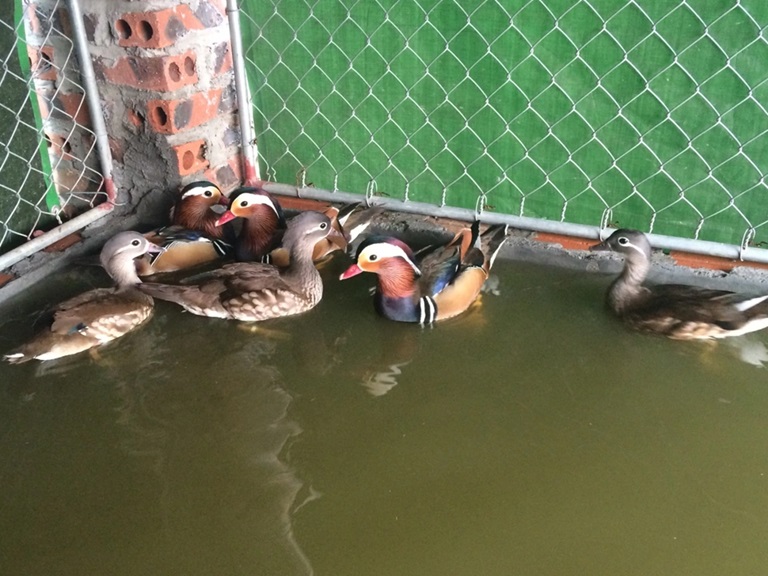
Mandarin ducks are raised in an artificial lake.
Nowadays, the hobby of raising mandarin ducks is gradually becoming popular in Vietnam, however, not everyone knows how to take good care of this special water bird. Let's refer to some of the following techniques to confidently try your hand at mandarin ducks.
Prepare the ideal living environment
First, to help lovebirds adapt to artificial breeding, you need to prepare an ideal living environment that meets the following basic criteria.
- Cage type : Choose a mesh or semi-natural cage.
- Area : Minimum 5 - 6 m2 for 1 pair of birds, the larger the better.
- Cage location : Should be placed near water or an artificial lake, in a quiet, airy, cool place, away from dogs and cats.
- Water tank : There should be a small tank or lake with clean water, about 30 cm deep or less so that the couple can swim and clean themselves.
- If breeding: It is necessary to prepare additional nests, which are wooden boxes hung at a height of 1 - 2 m above the ground, lined with dry leaves, straw, feathers, and soft rags inside.
- Cleaning the barn: Clean up feces, fallen feathers, and leftover food daily, disinfect the barn once a month.
Full, balanced diet
For lovebirds to grow well, you definitely need to provide a nutritious diet, balanced in nutrients. You can refer to feeding them the following foods:
- Main food : Rice, ground corn, rice bran or millet,...
- Supplementary food : Water spinach, mustard greens, rice worms, shrimp, small insects,...
- Vitamins and minerals : Regularly supplement digestive enzymes, vitamins A, D, and E to increase the bird's resistance.
- Clean water : Need to be provided sufficiently and changed daily.
Note : Birds should be fed 2-3 times/day with just enough food to avoid waste and pollution.
Breeding techniques for mandarin ducks
If you want to raise lovebirds for breeding, please note the following:
- Pair 1 male - 1 female before breeding time (March - June).
- Prepare a nest, hang it high, and line it with straw.
- Birds lay 8 - 12 eggs at a time but they will only lay 1 egg per day so you need to monitor closely to collect all the eggs.
- The female can be left to incubate the eggs herself or an incubator can be used to increase the hatching success rate.
- The baby birds will jump out of the nest immediately after hatching, so you need to put a layer of straw, cushion or soft leaves under the nest to avoid injuring them.
Caring for baby lovebirds
Young lovebirds after breeding should be carefully cared for so they can develop well. Specifically as follows:
- Stage 0 - 7 days old : Incubate baby birds with a light bulb at a temperature of 32 - 35 degrees Celsius, feed them rice bran and crushed boiled eggs.
- Stage 7 - 30 days old : You can feed the birds with bran specifically for chicks, mix in boiled eggs and let the birds get used to water.
- Stage over 1 month old : Release the baby birds into the lake, start letting them learn to fly, and practice eating natural foods like adult birds.
Disease prevention for couples
To help your lovebirds stay healthy, you need to observe their expressions and behaviors every day to detect unusual problems and prevent diseases completely.
- Diarrhea : Clean food and water troughs, ensure food quality, give birds digestive enzymes or mild antibiotics (for poultry).
- Respiratory disease : keep the cage airtight, spray the cage with garlic.
- Hair loss : Supplement vitamins A, D, E and increase protein and green vegetables in the diet.
Lovebird price list
Up to now, mandarin ducks are sold in Vietnam at prices ranging from a few million to a few tens of millions for a pair, depending on age, origin,... Please refer to the following price list for more information!
|
Lovebirds |
Reference price |
Characteristic |
|
Five-color mandarin duck |
8 - 10 million VND/pair |
Popular type, colorful, suitable for keeping as pets |
|
Young Mandarin Ducks |
1 - 1.5 million VND/pair |
For experienced breeders |
|
Adult Mandarin Ducks |
5 - 7 million VND/pair |
Can be kept as pets or for breeding |
|
Imported Mandarin Ducks |
Over 12 million VND/pair |
Beautiful appearance, high quality, full papers |
Note when buying lovebirds :
- Some reputable addresses to buy mandarin ducks Nguyen Truong ornamental duck farm, Phuong Nam green farm. "Mandarin duck" group on Facebook,..
- Prioritize buying birds from reputable farms with full origin and documents.
- You should observe the bird directly before buying to choose a healthy, smooth-feathered, and agile bird.
Beautiful lovebird pictures
We invite you to admire the collection of the most beautiful and colorful mandarin duck images shared below to better visualize the impressive beauty of this bird symbolizing eternal love!
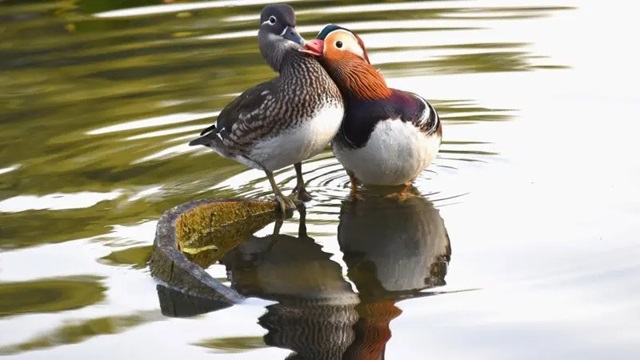
The male and female lovebirds are "fondling" with each other.
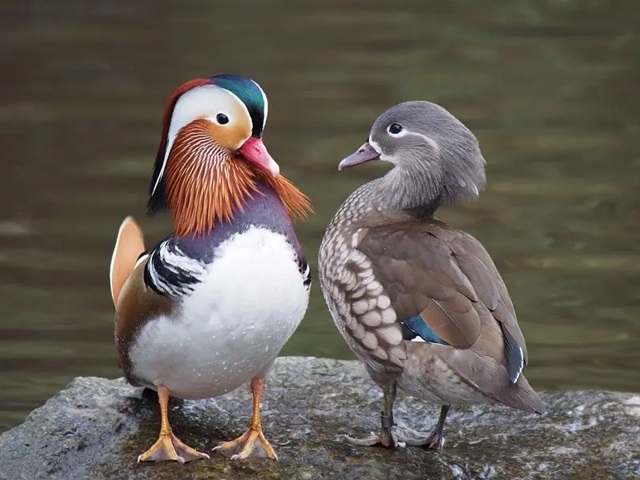
The difference in appearance between male mandarin ducks and female mandarin ducks.
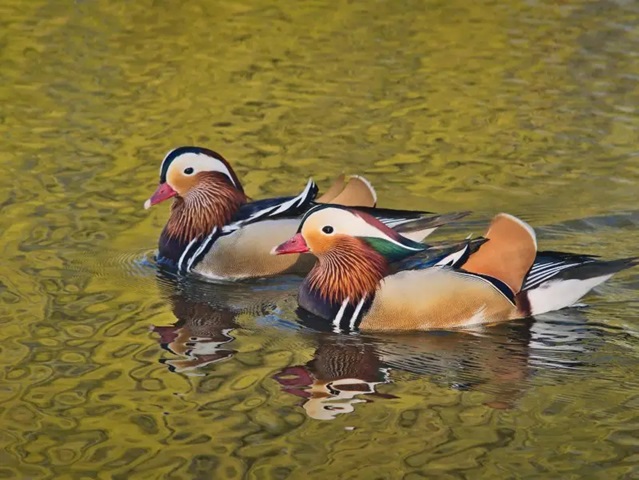
Two male lovebirds are swimming side by side.
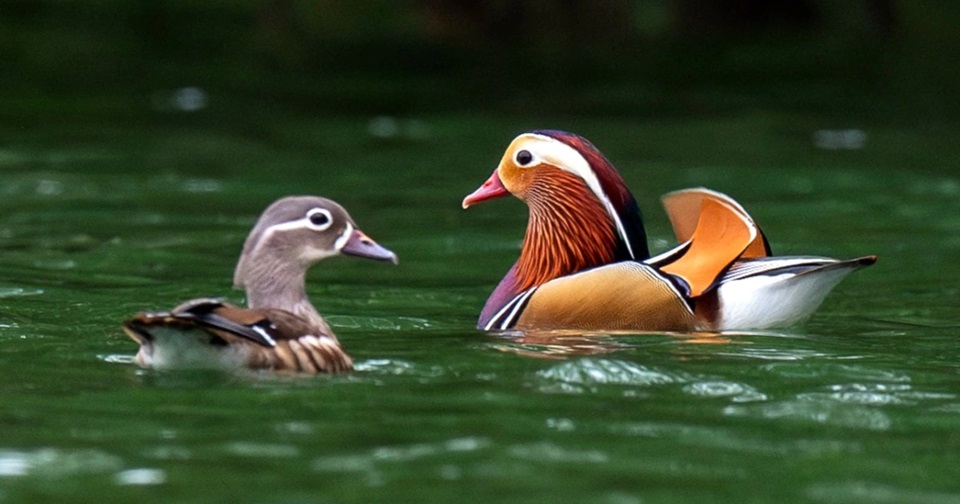
Image of two lovebirds swimming on Ba Be Lake (Vietnam).

The lovebirds are spreading their wings and flying over the lake.
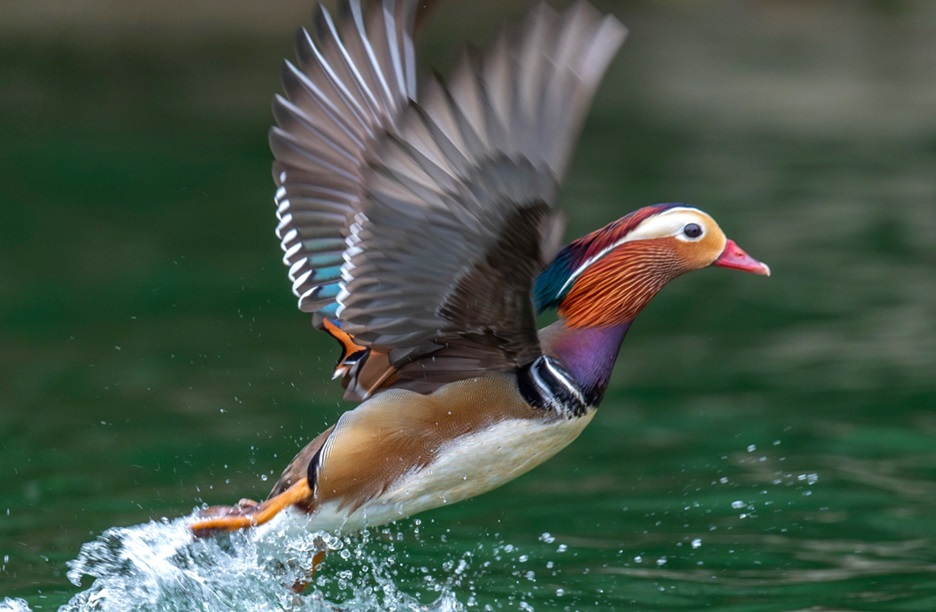
The image of a male mandarin duck spreading its wings in flight is extremely beautiful.
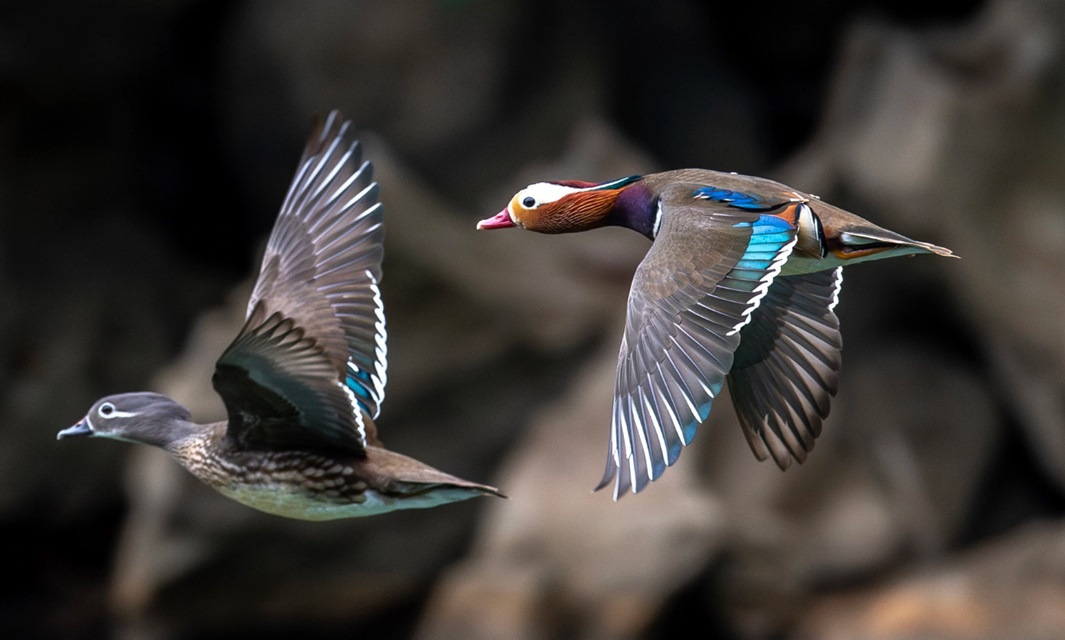
Image of male and female lovebirds flying next to each other.
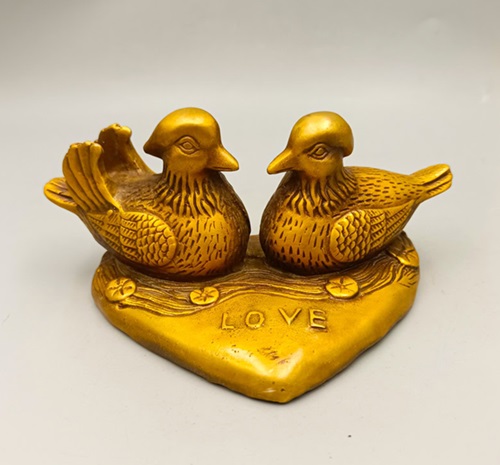
The mandarin duck statue symbolizes eternal love.
Thus, above nicebirds.net has shared with you complete information about mandarin ducks - this is not only a beautiful bird but it also has many meanings in East Asian culture, symbolizing eternal love. That is why mandarin ducks are becoming more and more popular in the Vietnamese bird world. Hopefully, with the information we have provided above, it has helped you better understand this special bird.
Don't forget to visit our Blog section daily to read more useful articles!

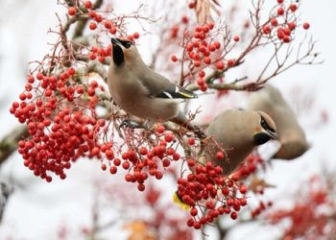

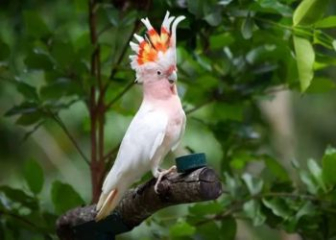
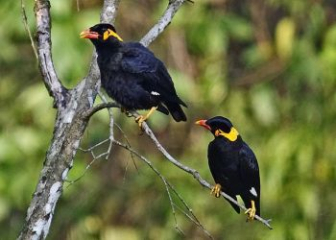
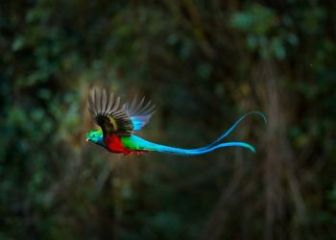





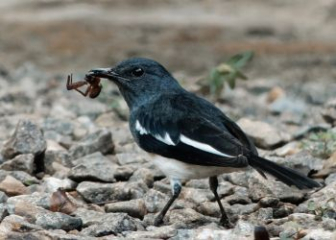
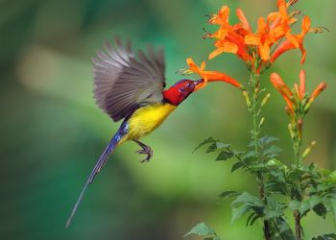


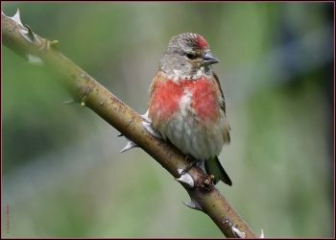
_350x250.jpg)
